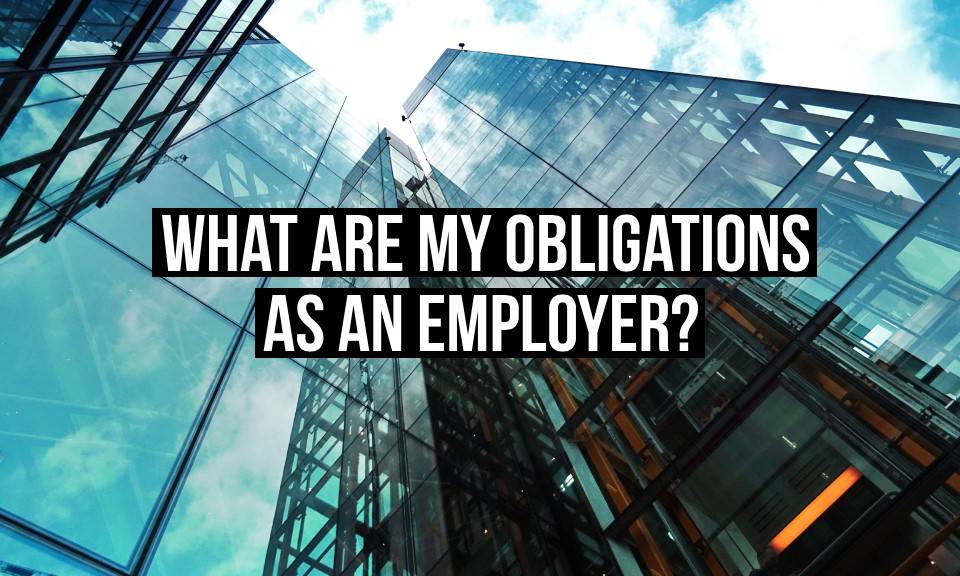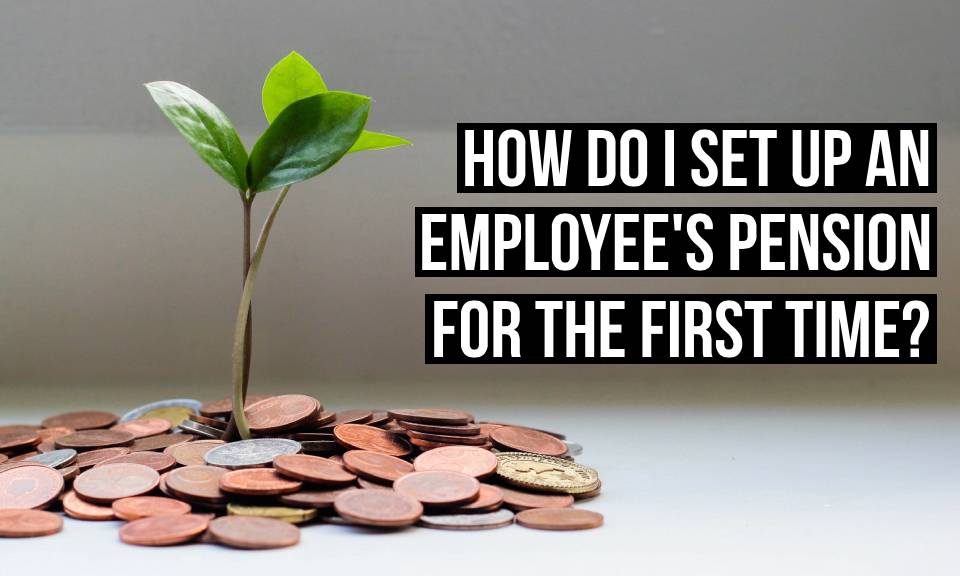How to set up a workplace pension for your employees
As an employer, you have a responsibility for your employees’ pensions. In this article, we explain exactly when you have to offer a pension scheme, what your employer responsibilities are, and how you go about setting up a workplace pension scheme for the first time.
Offering a pension scheme as an employer

If you own a business, you have to provide a workplace pension for eligible staff as soon as your first employee starts working for you. Generally speaking, if you’re responsible for deducting tax or national insurance contributions from someone’s wage, then you’re considered as an employer.
If you’re an employer, you must enrol and make an employer’s contribution for all staff who are:
- Between the age of 22 and the State Pension age (currently 65)
- Earning at least £10,000 a year
- Normally working in the UK (including those who are based in the UK but travel overseas for work).
However, you’re not required to offer a pension scheme if you're a sole trader, or if you run a business in which everyone is a director. Equally, you're not required to provide contributions for part-time employees who earn less than £10,000.
Even if an employee’s earnings are less than £10,000, they can still choose to join the workplace pension scheme if they would like. You cannot refuse this. However, you wouldn’t be required to contribute to their pension as their employer.
Pensions and auto enrolment
Auto enrolment is an initiative the UK government has set up that means that all employers have to offer a pension scheme. All employees are then automatically enrolled in this pension scheme unless they choose to opt out.
Your obligations as an employer

When you have enrolled employees into your workplace pension, you have to pay at least the minimum contributions into this pension scheme on time. The minimum contributions required will depend on the type of workplace pension you decide to set up.
If you decide to close the workplace pension scheme you have set up for your employees, you must automatically enrol all members into another one. All eligible employees have the right to a workplace pension, and it has to be offered. You therefore can’t encourage (or force) employees to opt out of the scheme. Moreover, it’s not allowed to imply that applicants who apply for a job with you are more likely to succeed if they to opt out of the pension scheme you provide. Your decisions regarding a person’s employment can’t be based on their choice to enrol into your pension scheme.
You are also obliged to allow your employees to opt out of the pension scheme if they want to. If an employee chooses to do this, you must then refund the money they have paid if they opt out within one month.
But still, opting out does not mean they've opted out forever. You still have to allow employees who have opted out the opportunity to re-join the scheme at least once a year. Moreover, you have to automatically enrol any employees who have opted out back into the scheme once every three years.
How to set up an employee’s pension for the first time

As already mentioned, if you’re an employer who employs any persons who are between the age of 22 and the state pension age, and they earn more than £10,000 per year (more than £192 per week or £833 per month), then you’re obligated to provide a pension scheme. The following details the steps you must take to set up automatic enrolment and your duties as an employer.
1. Choose a pension scheme for your employees
It’s advisable to choose a pension scheme as soon as possible, as this can take some time to do. When choosing a pension scheme, the primary things you will need to check is that it covers all of your staff and that it can be used for automatic enrolment. You must also check the cost and make sure that the scheme will work with your payroll.
Tax relief arrangements also play an important role in your decision. You need to choose a scheme that uses tax relief methods in a way that benefits you and your staff. It’s recommended that you consult with your financial advisor or accountant when making these decisions.
You should also investigate how much information the pension scheme will share with you on a regular basis. It’s important that the scheme’s communications clearly outline how much money each member of staff has saved, how much money will be lost in charges, and what their projected savings will be when they retire. This is necessary so that you and your employees can evaluate whether they can achieve the retirement they want with the amounts that they are currently saving.
A pension scheme’s regular communications also need to inform you about how employees’ money is being invested and how well the investments are performing. Other useful information will include knowing whether employees are eligible for tax relief on what they are paying into the scheme, and whether they need to do anything extra in order to claim this.
2. Assess your staff - who needs to be put into a pension scheme?
Once you’ve chosen your pension scheme, you need to check which of your staff are eligible. As well as checking their age and yearly salary, you should also consider any seasonal or temporary staff who don't earn a set wage, as they may still qualify for an employer pension.
After making your assessment, you need to hand this information over to your pension scheme provider so that they can enrol your staff in the pension scheme. You’ll also need to calculate how much both you as an employer, and your staff, need to pay into the scheme and make any necessary arrangements for this.
3. Inform your staff
Within the first six weeks of duties’ start date, you must write to all of your staff individually and explain how auto enrolment applies to them. It's your legal obligation to do this. Sometimes, your pension provider will do this on your behalf, at other times you will have to do this yourself. You can find various letter templates online to help you complete this task.
4. Declare your compliance
Once your duties have begun, you must declare your compliance to The Pensions Regulator within the first five months. Once again, it’s advisable to complete this as soon as possible after you have begun your automatic enrolment duties as an employer. It’s your legal obligation to complete this declaration, and you’ll be fined if you don’t complete it on time.
